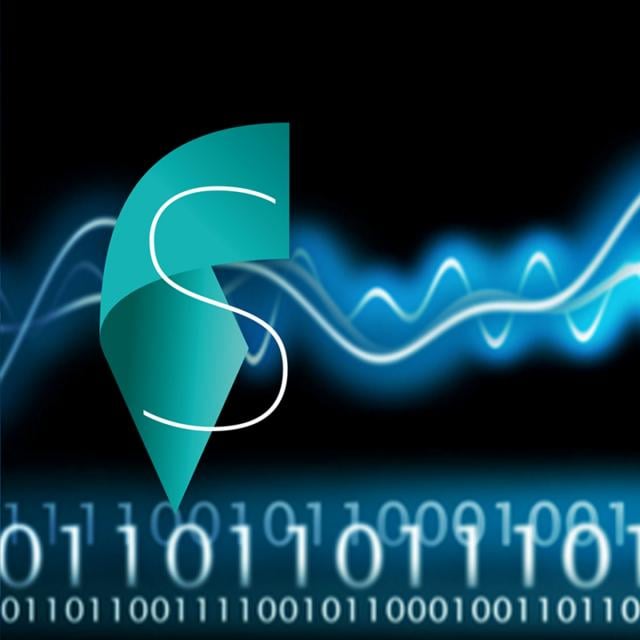MOOC List is learner-supported. When you buy through links on our site, we may earn an affiliate commission.

MOOC List is learner-supported. When you buy through links on our site, we may earn an affiliate commission.
The goal, for students of this course, will be to learn the fundamentals of Digital Signal Processing from the ground up. Starting from the basic definition of a discrete-time signal, we will work our way through Fourier analysis, filter design, sampling, interpolation and quantization to build a DSP toolset complete enough to analyze a practical communication system in detail. Hands-on examples and demonstration will be routinely used to close the gap between theory and practice.
To make the best of this class, it is recommended that you are proficient in basic calculus and linear algebra; several programming examples will be provided in the form of Python notebooks but you can use your favorite programming language to test the algorithms described in the course.
Course 3 of 4 in the Digital Signal Processing Specialization.
What You Will Learn
- The difference between continuous and discrete time
- Sampling and interpolation
- Quantization, A/D and D/A converters
- Multirate signal processing
Syllabus
WEEK 1
Module 3.1: Interpolation and Sampling
From continuous time to discrete time and vice versa.
WEEK 2
Module 3.2: Aliasing
What happens when we sample continuous-time signals and problems we should anticipate.
WEEK 3
Module 3.3: Multirate Signal Processing
How to change the sampling rate entirely from the discrete-time domain.
WEEK 4
Module 3:4: A/D and D/A Conversion
Going from analog to digital, and vice-versa.
MOOC List is learner-supported. When you buy through links on our site, we may earn an affiliate commission.
MOOC List is learner-supported. When you buy through links on our site, we may earn an affiliate commission.
